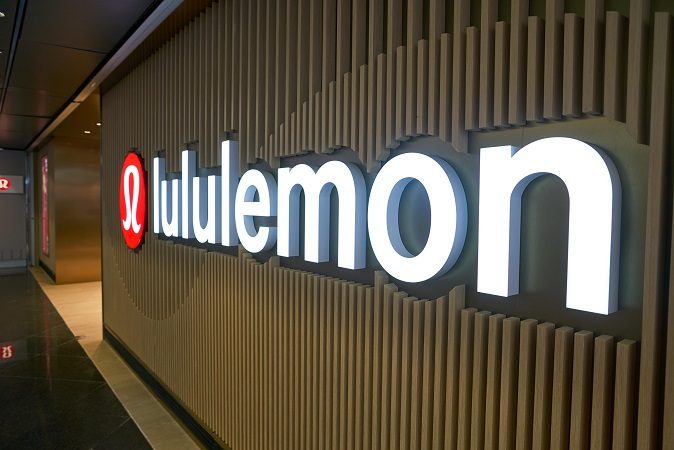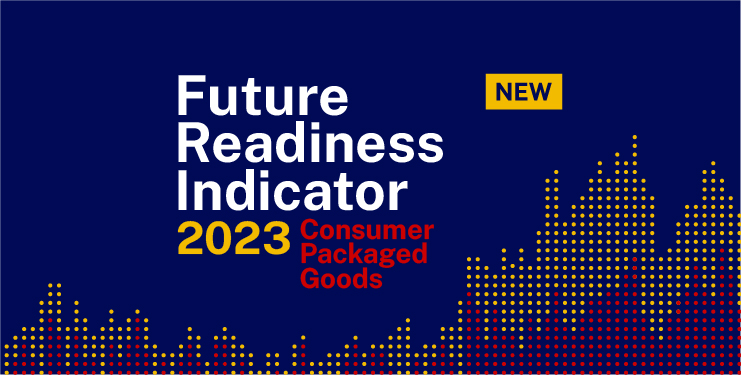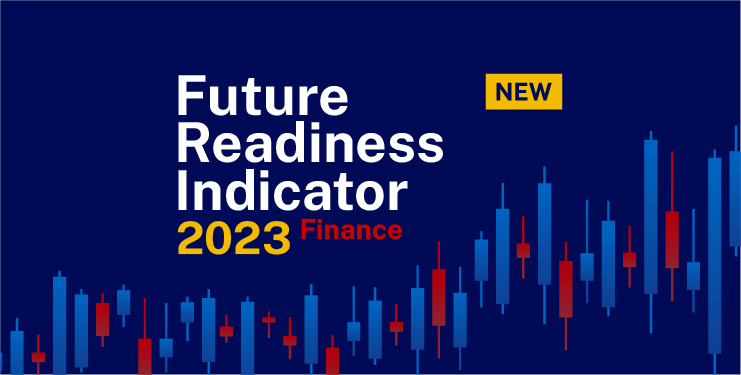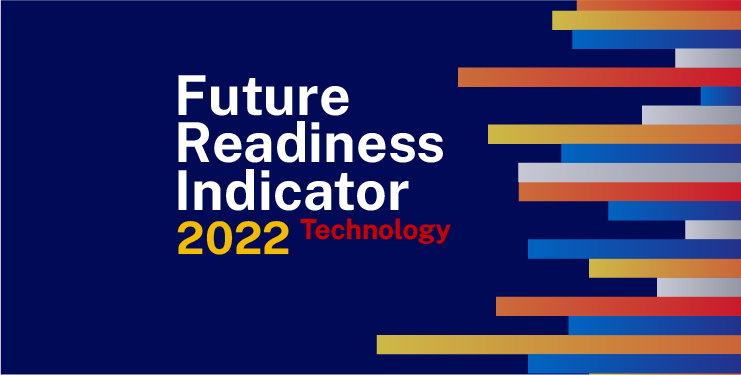IMD business school for management and leadership courses



Here’s What Elon Musk Buying Twitter Tells Us About The Economy
Originally published on Channel News Asia
The world’s richest man is not known for austerity. Companies Elon Musk founded or leads are “moonshots”: SpaceX, The Boring Company, Neuralink, Starlink, OpenAI and, of course, Tesla are all based on lofty ideas that are borderline insane.
Big science projects always require big funding. Had Telsa not received a US$465 million federal loan from the Barack Obama administration’s 2009 Recovery Act, we would not have Model S today. The electric vehicle company would have long ceased to exist because it was then close to bankrupt after burning too much cash.
It is therefore interesting to see Musk going the opposite direction with his plans for Twitter. The latest wrinkle is that he’ll put the deal on hold, pending investigation on the number of fake accounts on the platform.
Such diligence came surprisingly late, given he bought it for a stunning US$44 billion in April. He is, after all, not seeking to revolutionise social media as we know it – he wants to turn it into a money-making machine.
A new playbook for Twitter
In his presentation to investors, Musk proposed diversifying Twitter’s revenue from sole reliance on advertisements. That should not be a surprise given that he was a founding member of PayPal.
Twitter, for all the influencers it attracts, never helps creators monetise their content. Musk now wants Twitter to be great at e-commerce – from hosting livestreaming to collecting tips via micropayments.
There will also be new features available only for subscribers, and corporate and government accounts can expect to pay a fee to remain active. Data licensing will become possible for third parties.
To do all these without exploding the headcount, the current workforce will be slashed before hiring resumes. The number one priority is to free up cash flow to pay off the debt required for the takeover.
If all this sounds drastic, the world has changed even more drastically. The craze over pandemic meme stocks is coming to an end. Whether it’s Peloton, Zoom, Roku, Shopify, Spotify or Netflix, they exploded at a time when credit was cheap.
They had pulled future demand because of the COVID-19 lockdown, but now that is no more. Roughly half the stocks on Nasdaq are down 50 per cent from their 52-week highs. And that slide may continue as the US Federal Reserve continues hiking interest rates in a bid to tame inflation.
It is in this context that Musk is playing by the new rules of the game. Not only does Musk expect Twitter to improve its profitability, he also expects consistent growth in operating cash flow. He is paying attention to the “quality” of Twitter’s earnings, so that it will be ready for a economy tilting toward uncertainty.
Musk is changing the way he sees the world. The question we should be asking is this: If the mantra of “growth at all costs” of the past years is now ending, what type of companies will win when inflation rises, interest rates hike, geopolitics flare and the economy slows? What are the hallmarks of future-ready companies in other sectors?
Who is ready for tough times ahead?
At IMD’s Center for Future Readiness, we track which companies are the most future-ready. Our latest ranking of financial services companies shows Musk is right to brace for uncertainty.
The pattern for 2022 is unmistakable – especially when compared to that of previous years. In 2021, fintech companies – PayPal, Block (formerly Square) and Ant – all topped the list.










